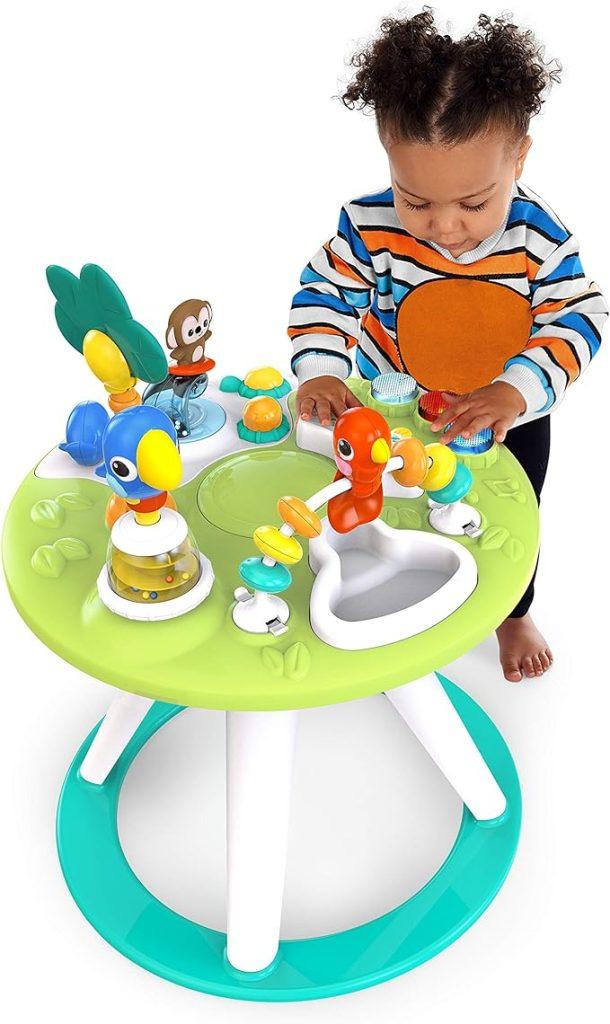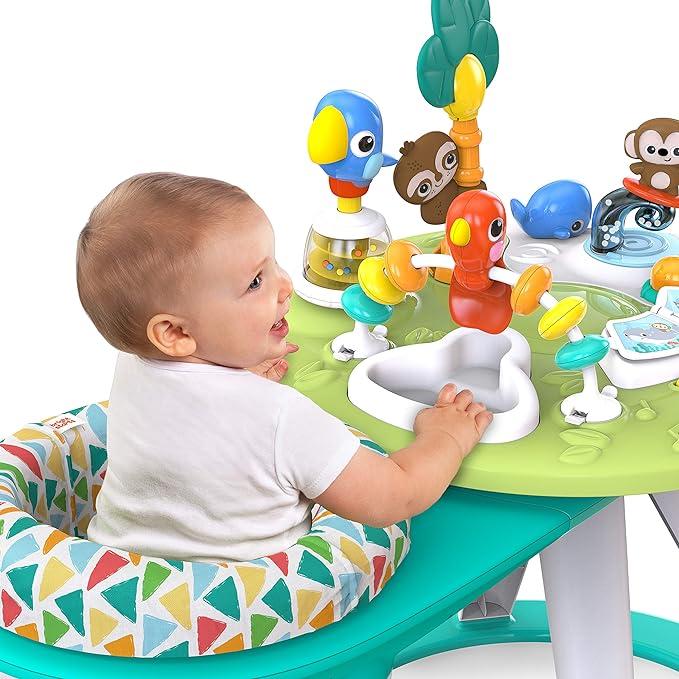
Table of Contents
Here are consumer reviews and rating baby walker
Real User Experiences:
What to look for: Pay attention to comments about the walker’s performance, including its durability, ease of use, and effectiveness in helping the baby move, and look for patterns in positive or negative feedback.
Safety Concerns:
What to look for: Check for any mention of safety concerns or issues raised by other parents. This could include problems with stability, braking systems, or any design features that could cause hazards.
Assembly and maintenance:
What to look for: User reviews often highlight the product’s ease of assembly and maintenance. Consider walkers with positive feedback about straightforward assembly instructions and simple maintenance requirements.

Long-Term Satisfaction:
What to look for: Assess whether there are comments about the walker’s performance over time. Positive reviews mentioning long-term satisfaction can indicate the product’s durability and reliability.
Size and comfort:
What to look for: Reviews may mention how well the walker fits the baby’s size and if the seat is comfortable. This information is valuable in ensuring that the walker is suitable for your child’s needs.
Fun features:
What to look for: If fun features are a priority for you, look for reviews that discuss the effectiveness and appeal of the toys, music, or activity trays provided with the walker.

Portability and Storage:
What to look for: Reviews may include feedback on the walker’s portability and storage convenience. This is especially important if you have limited space or if you plan to travel with a walker.
Brand reputation:
Importance: Consider reviews that mention the trust brand’s reputation. A brand with positive feedback for its children’s products may be more trustworthy.
Comparative Analysis:
What to look for: Evaluate reviews for various models. This might assist you in determining the advantages and disadvantages of each walker and help you make a better choice.
Remember to use multiple sources for reviews, including reputable retail websites, parenting forums, and social media groups. This diverse range of opinions will provide a comprehensive understanding of the baby walker you are considering. Always keep in mind that individual experiences may vary, so look for general trends in reviews.
Consumer ratings and reviews play a pivotal role in shaping the perception and choices surrounding baby walkers. In the digital age, parents turn to online platforms to share and seek experiences with products, contributing to a dynamic marketplace for baby gear.

One of the primary benefits of consumer ratings is the transparency they provide. Parents can access firsthand accounts of others who have used specific baby walkers, offering insights into the product’s performance, safety features, and overall user satisfaction. Platforms like Amazon, Walmart, and Target have become hubs for these reviews, creating a community-driven space where parents exchange information.
Positive reviews often highlight the user-friendly features, entertainment value, and perceived developmental benefits of a particular baby walker. These reviews can serve as endorsements, influencing other parents to consider similar models for their infants. Conversely, negative reviews typically focus on safety concerns, durability issues, or dissatisfaction with specific features. These critiques can be crucial warning signs for potential buyers, prompting them to explore alternative options.
However, the landscape of consumer reviews has its challenges. Certain reviews can be skewed or predicated on personal experience, making it essential for parents to consider a range of opinions. Additionally, factors like user error or product misuse can sometimes lead to negative feedback that may not reflect the overall performance of the baby walker.
Manufacturers, recognizing the impact of consumer reviews, often use feedback to improve their products continually. Responsive companies address concerns raised by consumers by implementing changes or upgrades to enhance safety features and the overall user experience. This iterative process fosters a symbiotic relationship between consumers and manufacturers, with feedback catalyzing product improvement.
Frequently Asked Questions ( FAQs )
Why user reviews are important when choosing a baby walker?
User reviews provide direct insight into the real-life experiences of these parents. Those who have used specific baby walkers. This information offers a more realistic understanding of product performance, safety, and overall customer satisfaction.
What aspects of performance should I focus on in user reviews?
Find comments about the walker’s durability, ease of use, and effectiveness in helping the child move. Identifying patterns in positive or negative feedback can guide your decision-making process.
How can user reviews help me identify security concerns?
User reviews may mention problems with stability, braking system, or any design features that may pose a risk to your child. It is very important to check the mention of safety concerns raised by other parents.
What should I consider in terms of assembly and maintenance when reading user reviews?
Look for walkers who have a positive opinion about the straightforward assembly instructions and easy maintenance requirements. User reviews often highlight the ease of assembly and maintenance of the baby walker.
How can I measure long-term satisfaction through user reviews?
Assess whether there are comments about the performance of the walker over time. Positive reviews mentioning long-term satisfaction indicate the stability and reliability of the product.
Conclusion
In conclusion, consumer ratings and reviews wield significant influence over the popularity and effectiveness of baby walkers. The democratization of information through online platforms empowers parents to make informed decisions, taking into account the experiences of others. As parents navigate the myriad options available, these reviews become valuable tools, shaping the evolving landscape of baby products and ensuring that the market aligns with the expectations and safety priorities of contemporary parents.
